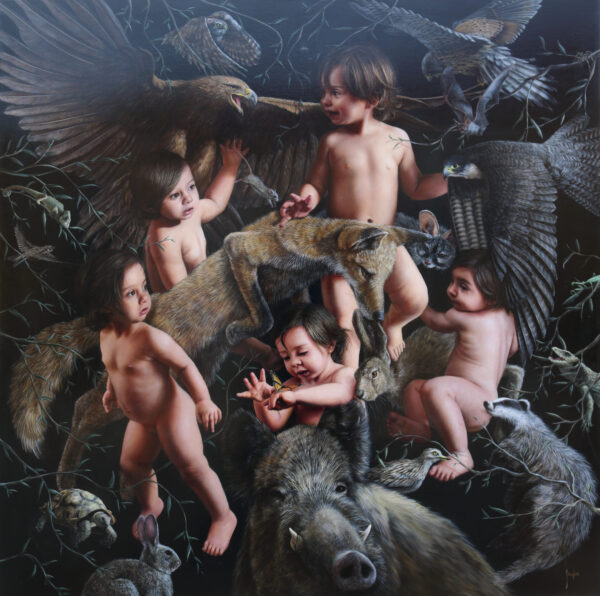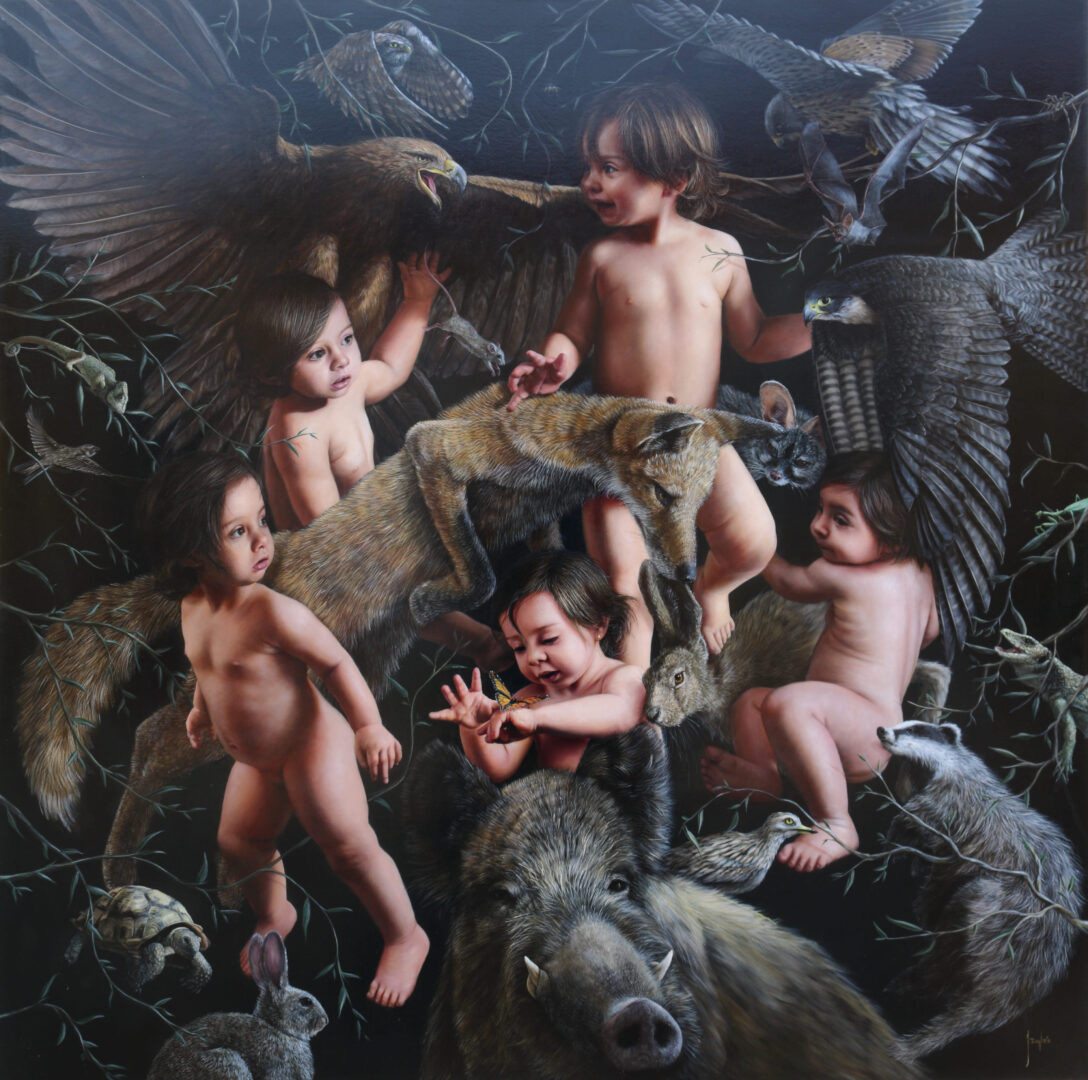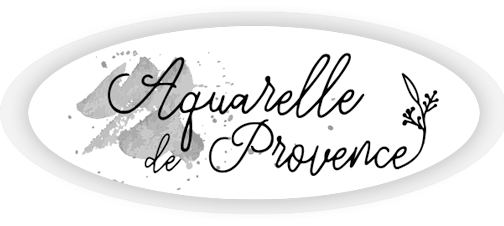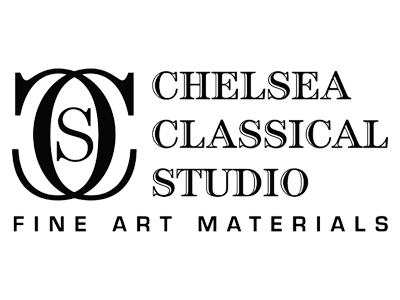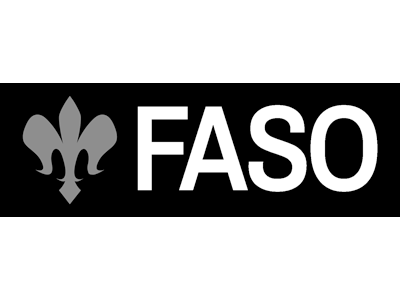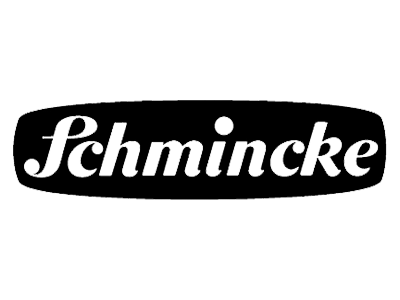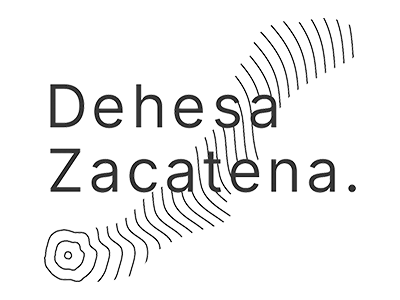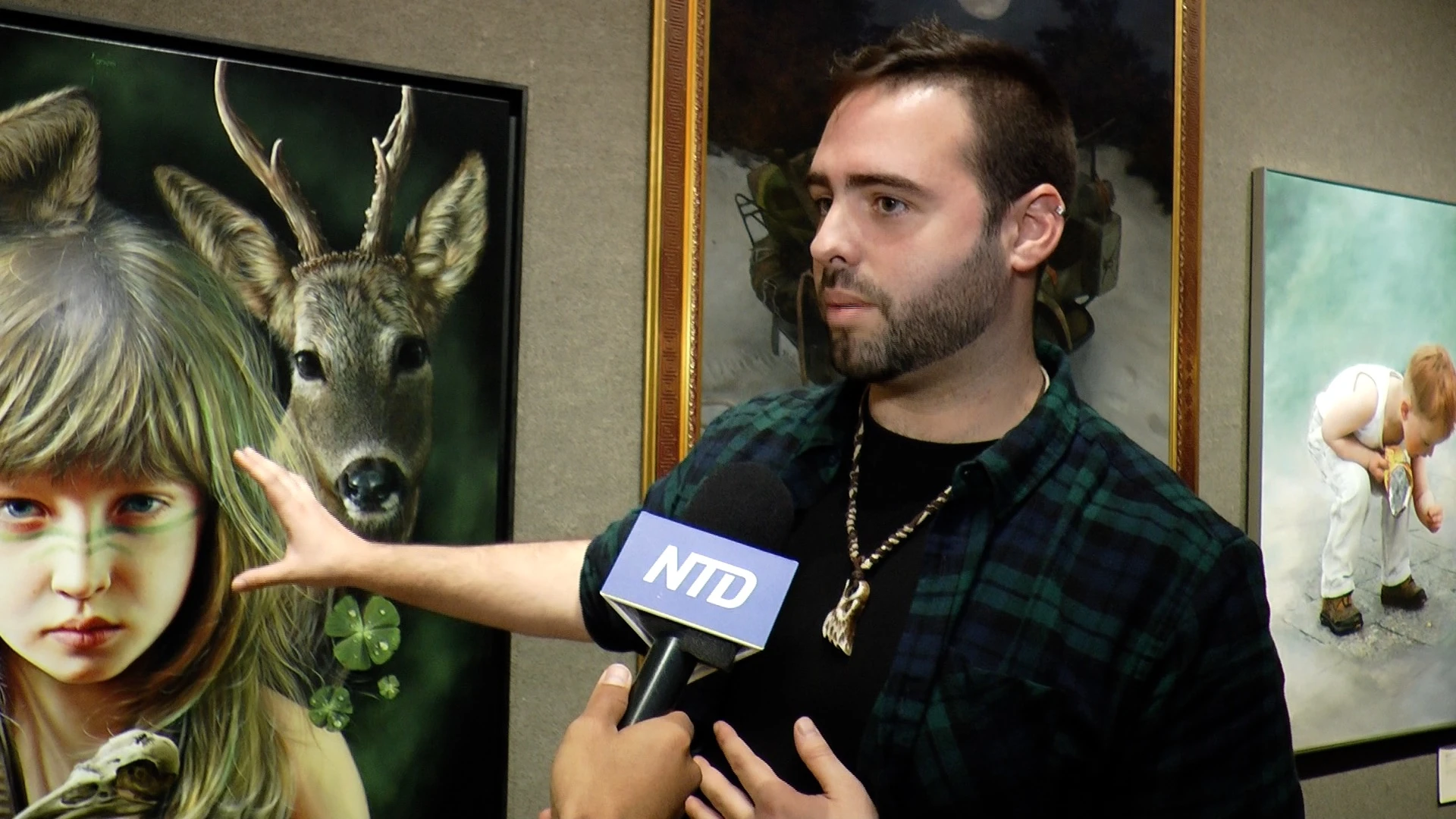
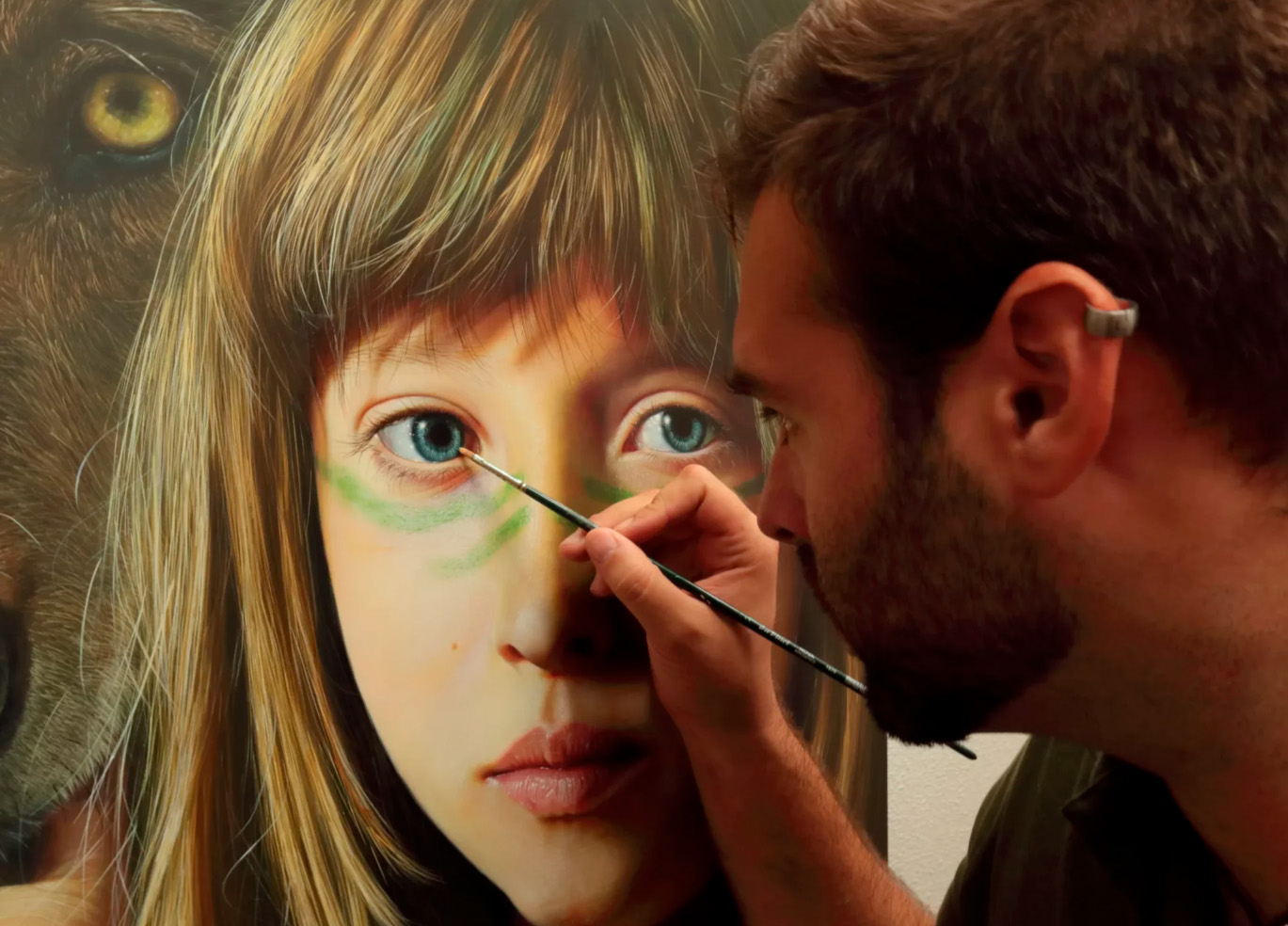
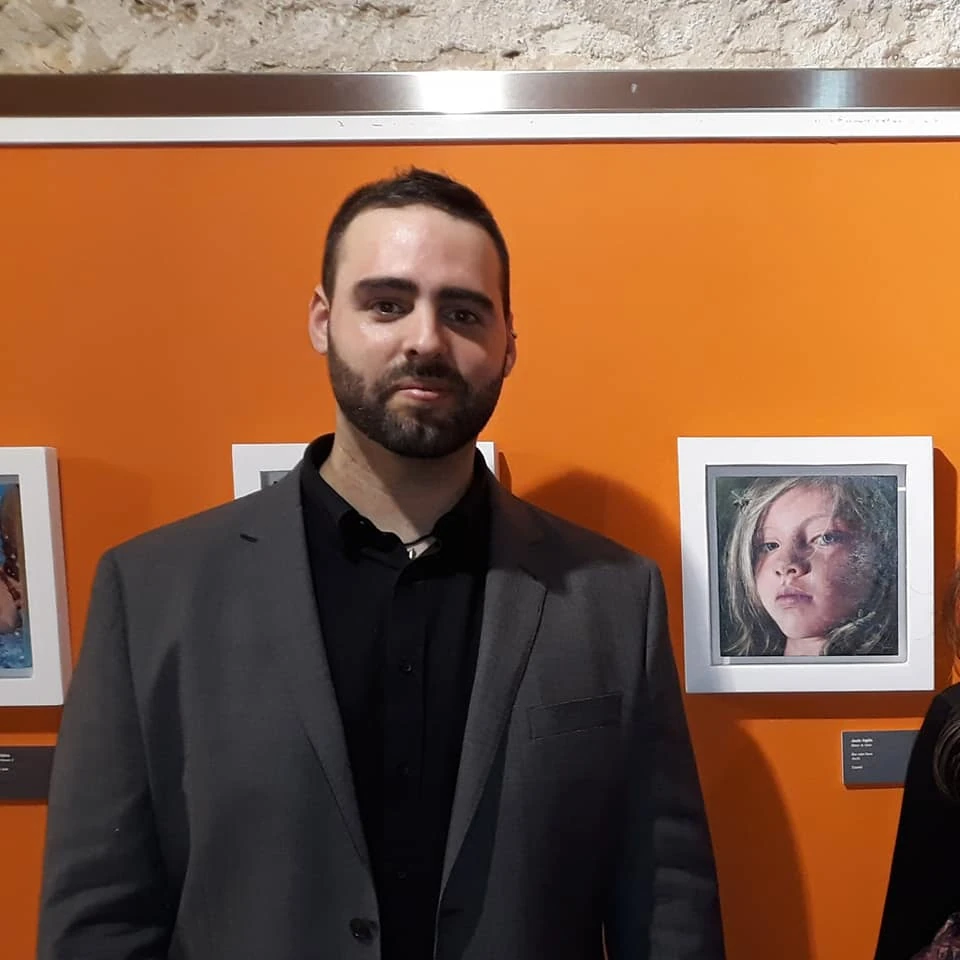
Cartagena-born artist Jesús Inglés Canalejo (@j.inglesartista) has turned his canvas into a mirror of perfection. His work Harmony, awarded the Prize for Best Work of Fantasy and Imagination at the prestigious TARTGET PRIZE, not only dazzled the international jury but also became one of the most talked-about pieces by visitors to the exhibition at the Ateneo de Madrid (June 5–13). “It’s so perfect it’s hard to believe,” murmured attendees, mesmerized by the flawless hyperrealism of this piece, which is now in Daimiel to be exhibited at the Casino de la Armonía and the Casa de Cultura (June 26 to July 19). Today, in the TARTGET MAGAZINE, we speak with Inglés about his career, his meticulous technique, and the message hidden in every brushstroke.
Q: Jesús, Harmony has left both critics and the public in awe. How did this work come to life?
When my daughter Lara was born, I felt truly blessed to see that she would grow up in the natural environment we live in: a solitary house next to the mountains, surrounded by all the animal species depicted in the painting, roaming around our home. It’s a place I would have always wanted to grow up in myself.
At the same time, I’ve always wanted to show in my work that ancestral connection between humans and nature—to remind us that we are made from the dust of the Earth and that we need nature in order to live in balance and true harmony.
Q: A harmonious work in content and exceptional in technique. Many wonder how you manage to make even critics unable to spot your brushstrokes.
It’s funny because ever since I was a child, I wanted to bring my drawings and paintings to life. I always thought that if one day I could paint them perfectly, I would be one step closer to achieving that.
So for years, with a lot of effort, dedication, and passion, I worked on it—and today I keep trying to improve. Honestly, I don’t think I’ve reached my goal yet… I believe the harshest critic should be the artist himself in order to grow. So I’m aware that I still have a long way to go.
As for the system I use to create this effect, it involves many techniques: I begin with a medium-thick oil layer, then apply thin layers, glazes, details, and more glazes and details. I always soften my own brushstrokes to make them disappear.
What I really try to do is understand how reality is composed so I can translate what I see through my brushes. It might sound poetic or cheesy, but it’s the truth—and it’s what I always try to teach my students. I always tell them in class to learn to observe every detail—shapes, light, and shadows in reality—so they can transfer them to their work.
Q: The public must be curious—how many hours does it take to create such pieces?
That’s one of the most frequent questions I get. People always want to know the number of hours. But it really depends on the size of the work and the number of elements in it. For example, to paint the fox in the painting, I had to do it hair by hair, then apply layers of glaze, and I can repeat that process up to five times.
As an example, the work Harmony took me six months of work, averaging four to five hours a day, including weekends.
Q: What’s the comment about Harmony that surprised you the most—either for being comforting or unexpected?
I’ve heard many good comments about this piece. There must be some bad ones too, but I haven’t had the fortune of receiving them yet—which is a pity, because we learn the most from criticism.
The comment that struck me the most—though I can’t recall the exact words—was that my work stood out for its originality and for breaking the rules of composition, allowing the viewer to flow through the painting and pause on every single element.
Q: And the story of one of your works traveling into space—can you explain that?
That was the piece titled Extinction, which finally traveled earlier this year through the Artemis program on Elon Musk’s SpaceX rocket, in collaboration with NASA. Naturally, this was a true milestone in my artistic career, and I’m proud to have been part of that project.
To clarify: the physical painting isn’t on the Moon. It’s inside a capsule in the Lacus Mortis region of the Moon, printed on a nickel microfiche along with works from other great contemporary creators. The original painting is currently in the collection of Frederick Ross, director of the Art Renewal Center (ARC) painting competition.*
*The ARC is held annually in New York and is one of the most prestigious art competitions in the world.
Q: You’ve won awards in New York, Barcelona, and now Madrid. How do you see today’s art market?
I see the art market as quite difficult—especially when it comes to works aimed at collectors or museums. What I mean is, the type of work I create, and that most of my fellow artists produce, isn’t made to decorate a beach house or to fill an empty wall in just any home.
These kinds of works appeal to a very specific audience. Not to mention that art culture has largely been lost. Nowadays, people would rather spend €5,000 on a trip and hang IKEA paintings on their walls.
Q: From 1 to 10—how would you rate Spanish artists on the international scene? And from 1 to 10, how would you rate the support from critics and collectors in Spain—is it a good country to succeed in?
Without a doubt, I’d give Spanish artists a 10 on the international level. But, as is often the case, Spanish talent is rarely appreciated the way it is abroad. I mainly blame this on poor management by Spanish state institutions of all political stripes, which fail to promote and value us internationally as they should.
So, unfortunately, if you ask me whether this is a good country to succeed as an artist, I’d give it a 3 out of 10. Although thanks to competitions like this one, we still have opportunities, and that’s why we appreciate your work so much.
Q: What do you expect from the exhibition in Daimiel?
Seeing the passion and professionalism you’re showing, I can only expect great success. Maybe it’s the enthusiasm that comes with launching a new project—since this is your first competition—but you really stand out for your closeness to the artists and the energy you’re putting into it.
Q: One final piece of advice for young artists…
Find a source of inspiration that drives you to create, and a motivation for painting and developing your talent. Use your artistic gifts to convey a message that can help change this world for the better. Think that with every work you create, the world becomes a slightly more beautiful place. Today more than ever, we need artists who bring light in these dark times.
“Harmony” can be visited in Daimiel from June 26 as part of the TARTGET PRIZE LA MANCHA.
To learn more about Jesús Inglés: jesusingles.com | @j.inglesartista.

